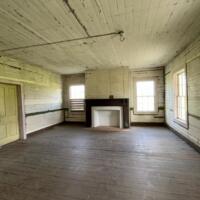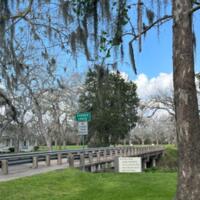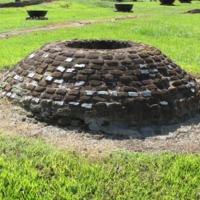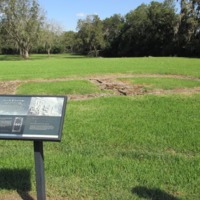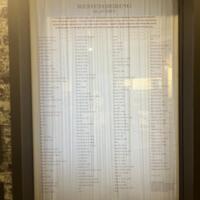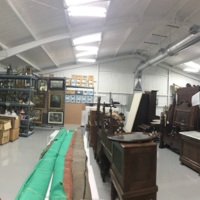Varner-Hogg Plantation Site
Located on Varner Creek, just off of the Brazos River, Varner-Hogg Plantation was originally the product of the first wave of settlement by English-speakers in present-day Texas when it was occupied by Martin Varner. While the property had humble beginnings, during the 1830s a forced migration of enslaved laborers enabled new proprietors – the Patton family – to establish it as a sugar plantation. In doing so, the family were at the cutting edge of the latest – and last – phase of feverish southern expansionism predicated on chattel slavery as a political, economic, and cultural force. The relentless labor regime of sugar cane production, which invariably depended upon violent coercion, meant that life was always brutal and often truncated for enslaved people at the plantation. At the same time, this suffering underwrote the ascendency of the Patton family’s wealth through the 1840s and 1850s. Following emancipation, convict leasing was used to continue the labor-intensive sugar production at the site. In the early 20th century, Texas governor James Hogg purchased the plantation and used it as his family’s country retreat.
Governor Hogg’s daughter Ima donated the plantation site to the state in the 1950s and it is open to the public for visitation today. For many decades it was used primarily by the white local community as a historical park and for events including family reunions and weddings. As the Texas Historical Commission takes a fresh approach to expanding the historical narrative at this site, newer exhibits recount the history of enslavement and convict leasing, and public history education programs are targeted at African diaspora and African American history themes.
Archaeological excavations conducted by Rice University beginning in 2020 have targeted spaces where cabins existed from the time periods of slavery and convict leasing. Through the ongoing partnership between Rice and the Texas Historical Commission, it is hoped that new finds in archaeological and archival research will support the development of exhibits and programming in this area.

